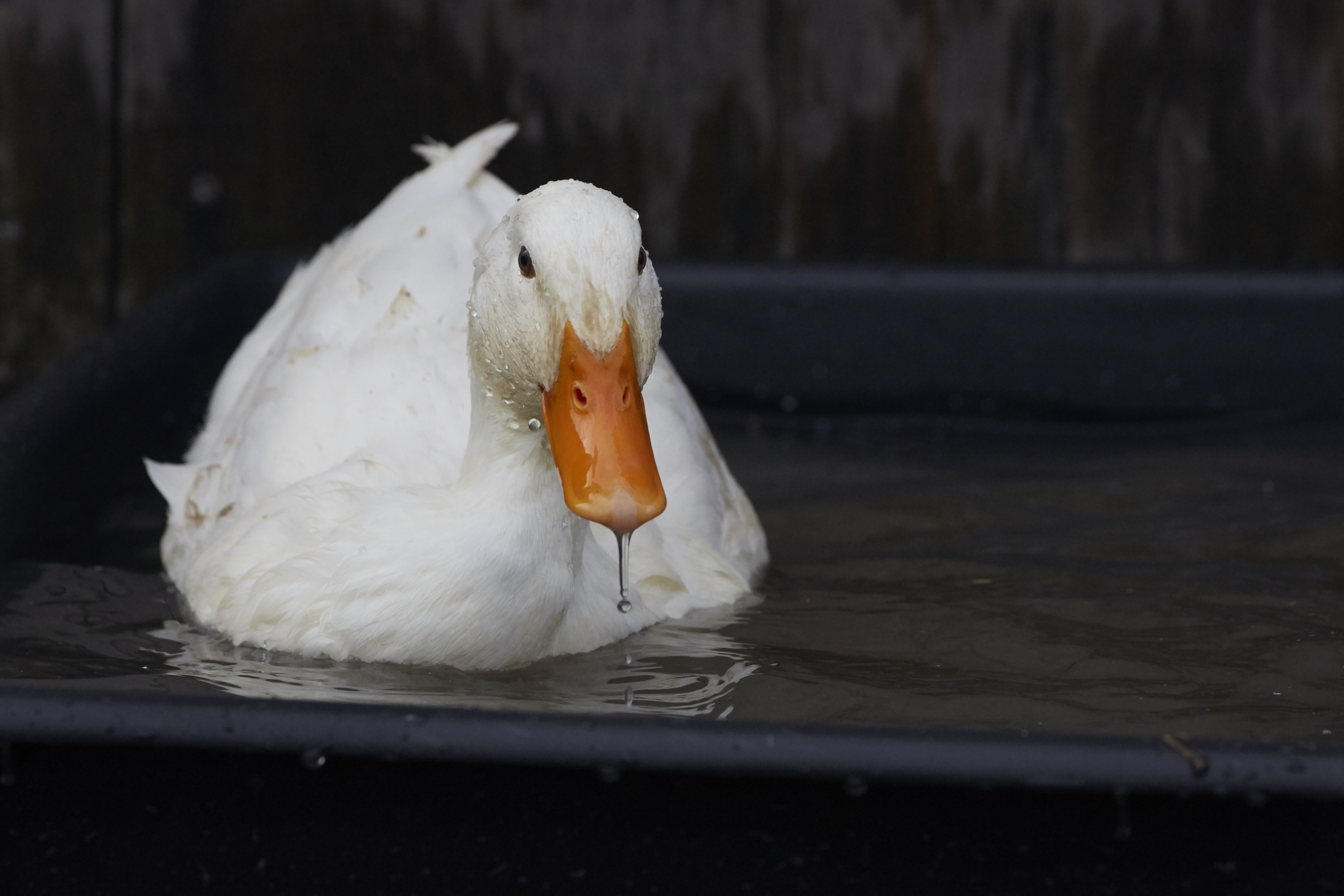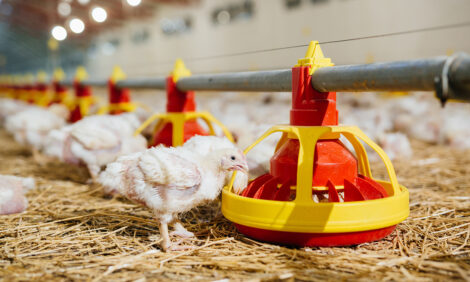



A fairer prospect for waterfowl: A progress report on three top issues
Ducks and geese are raised for meat and egg production in many countries, and the most significant current welfare issues include the plucking of feathers from live birds, force-feeding practices related to foie gras production and a lack of full-body access to water for the expression of normal behaviours such as swimmingWords Treena Hein
Sophie Elwes, senior scientific officer at the RSPCA in the UK, notes that it’s difficult to say which is of the greatest concern, both in Europe and globally. “The two aspects are the severity of the suffering, from forced feeding to behaviour frustration, from the very cruel down to poor welfare,” she notes. “And then you have the scale of the suffering. There are not many countries that have foie gras production, and live plucking happens in Hungary and Poland and China, but full-body access to water I would say is not something that is provided except on small free-range operations. Consumers aren’t generally aware that ducks raised for slaughter don’t have access to water for swimming.”

Dr Sara Shields, behaviour and welfare specialist for farm animals at Humane Society International, notes that while there has been progress addressing the live plucking and force-feeding issues, the problem of access to water has received less attention. “The science is very clear that ducks and geese, being waterfowl, require access to an open water source,” she notes, “to meet their behavioural needs.”
In 2008, the RSPCA commissioned University of Cambridge scientists to examine what facility design best enables ducks to carry out normal water-related behaviours. Updated RSPCA welfare standards were published in 2015, but Elwes says these have not been adopted.
For its part, the British Poultry Council (BPC) states on its website that “producers are encouraged to seek designs of water facilities that fulfil the water-related preening behaviours of ducks. It is this latter requirement that has brought the RSPCA into conflict with the BPC over the Duck Assurance Scheme (DAS, a voluntary scheme launched by the BPC in 2010, which will be handled by assurance body Red Tractor on 1 July). The DAS rules state that water systems should be designed to allow water to cover the head and be taken up by the bill so that the duck can shake water over the body without difficulty. Where drinking water is provided by nipple drinkers, the DAS requires that additional bathing water must be provided [through the use of] troughs, wide-channel type bell drinkers, baths or showers.”
BPC Public Affairs Manager Shraddha Kaul states that over 90 per cent of the UK duck producers are members of DAS and confirms that these producers are providing head bathing water through troughs, wide-channel bell drinkers, baths or showers required under DAS. “The provision of water for bathing is meeting the needs of the birds as well as protecting their well-being,” states Kaul, adding that, “The BPC established the DAS in the absence of any UK or EU legislation. We’ve done the research into provision of water, stocking densities and welfare outcomes.” Elwes notes that it wouldn’t cost much to have troughs, wide-channel bell drinkers, baths or showers added to duck barns, but it would reduce stocking density a little.
Foie gras
The liver pâté known as foie gras is made through the practice of gavage, where ducks and geese of about 12 weeks old are held and repeatedly force-fed twice a day for about two weeks through a pipe to enlarge their livers. There are reports that each bird is kept in a small cage during this period, with its head held permanently in an opening to make gavage easy and quick. Welfare concerns obviously relate to confinement, possible damage to birds’ throats and liver failure.
.jpeg)
Import of foie gras is banned in India, Australia and Argentina, and production is banned in the Czech Republic, Denmark, Finland, Italy, Germany, Luxembourg, Norway, Poland, Turkey, the UK, most of Austria and, in North America, in California (where the ban was unsuccessfully appealed last year). In 2012, some European MPs urged an EU-wide ban on production and sale, but no major push has happened since. With an estimated 35,000 people involved in the industry in France and recognition of foie gras in French law as an important part of the country’s gastronomic heritage, it seems unlikely France would ever agree to a ban.
Live feather plucking
Live plucking of down is conducted either so downy feathers can regrow or so that these feathers are removed before they might be damaged or dirtied through the slaughtering process. Most of the world’s down is sourced from Eastern Europe and China. Shields reports that major outdoor clothing brands including Patagonia and The North Face have enacted welfare policies “that require no live plucking or force-feeding in their supply chains” and that “many of the brands that have good animal welfare policies for down sourcing use the international Responsible Down Standard”. PJ Smith, senior fashion policy manager at the Humane Society of the United States (HSUS) adds that down-free alternatives are beginning to “take off now that companies like Patagonia and VF Corp are promoting them as lighter with more insulation. As goes Patagonia, so goes the industry, eventually.”
Transport, slaughter and growth rate
The HSUS’s duck report states that the catching, crating and transportation of ducks for slaughter “may inflict physical injury and heat and cold stress, as well as cause fear,” and “that the slaughter process itself, from dumping and shackling to stunning and throat slitting, is traumatic”. Shields adds that US federal humane slaughter legislation excludes poultry, “so there is no legal protection for these animals at slaughter”.
As of May 2018 closed-circuit cameras are required in every slaughterhouse in the UK, which Elwes sees as a positive step achieved after many years of campaigning that will, she hopes, make sure proper practices are employed.
Shields notes that another duck-welfare issue is growth rate, since rapid weight gain can leave the ducks “prone to lameness and leg disorders. This may leave birds in chronic pain.”
In terms of the future in the UK, Elwes says there may be an opportunity with the UK leaving the EU to get higher species-specific welfare standards put in place. She notes that the current government farm subsidies are based on how much land is farmed and that in the future the UK government may be open to tying the subsidies to higher welfare standards.
This article was originally published in the July 2018 edition of Poultry Digital Magazine








